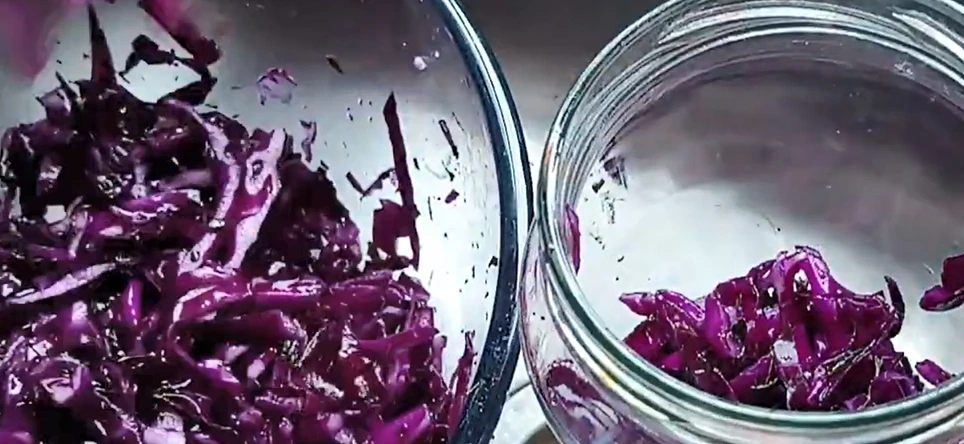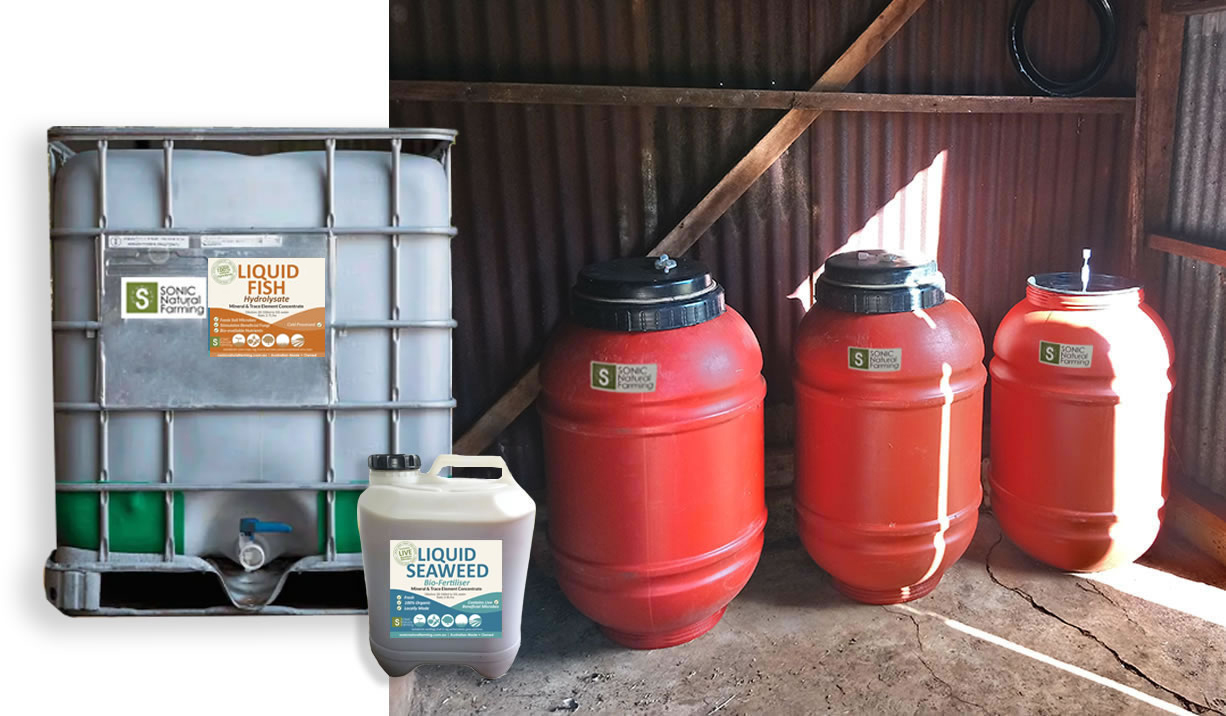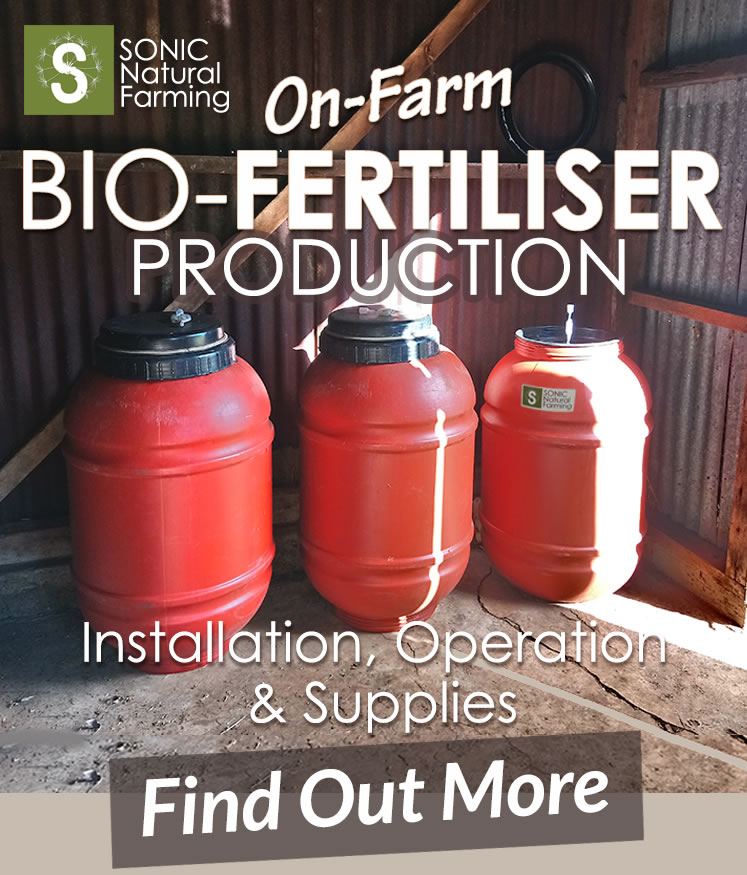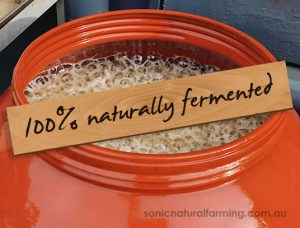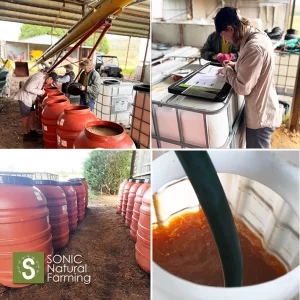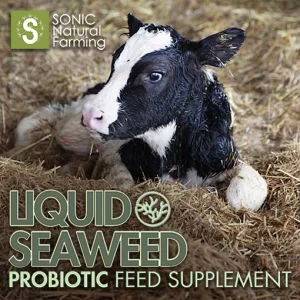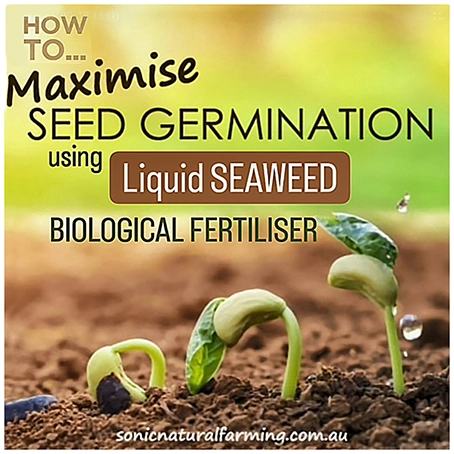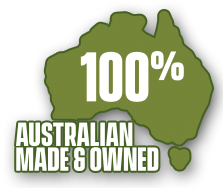Lacto-fermentation and vinegar pickling are two popular methods of food preservation that have been used for centuries. While they both involve the process of preserving food through fermentation, there are some key differences between the two.
Fermentation is a natural process that occurs when bacteria called Lactobacillus convert sugars in food into lactic acid. This acid acts as a natural preservative and gives fermented foods their tangy flavor. Common examples of lacto-fermented foods include sauerkraut, kimchi, and pickles.
On the other hand, vinegar pickling involves preserving food by submerging it in a solution of vinegar, water, salt, and spices. The benefits of vinegar pickling is it provides quick preservation with a sharp taste profile, and can sometimes enable un-refrigerated storage.
Lacto-Fermentation Creates Complex Flavors
One key difference between fermentation and vinegar pickling lies in taste and texture. Lacto-fermented foods often have a complex flavor profile with a pleasant tanginess resulting from lactic acid production. They also tend to retain their crunchiness or crispness to some extent. In contrast, vinegar-pickled foods have a sharper taste due to the acidity of the vinegar but may not offer the same depth of flavor as lacto-fermented options.
Fermentation Increases Nutrient Availability
Lacto-fermentation can also increase the availability and bioavailability of nutrients present in food. The beneficial bacteria involved in fermentation help to unlock nutrients such as vitamins, minerals, and antioxidants that may otherwise be difficult for our bodies to absorb. This means that fermented foods can provide us with a more concentrated source of essential nutrients.
Fermented Food Can Enhance Digestibility
Another advantage of fermentation is its ability to improve the digestibility of certain foods. During the fermentation process, beneficial bacteria and enzymes break down complex carbohydrates and proteins into more easily digestible forms. This can be particularly beneficial for individuals with digestive issues or sensitivities.
A little bit of pickle with your meal helps to stimulate saliva and assists in digesting fats
Lacto-Fermented Food Provides Probiotic Benefits
One key difference between lacto-fermentation and vinegar pickling is the presence of live cultures. Lacto-fermented foods contain beneficial probiotic bacteria whereas vinegar-pickled foods do not typically contain live cultures as the acidity of the vinegar inhibits beneficial bacterial growth.
Fermented foods are rich in probiotics, which are live microorganisms that confer health benefits when consumed in adequate amounts. These friendly bacteria help to support a healthy gut microbiome, which plays a crucial role in our overall health and well-being. Regular consumption of fermented foods can contribute to improved digestion, enhanced immune function, and even mental well-being.
Benefits of Probiotic Bacteria for Gut Health
Studies today show that humans are around 90% deficient of beneficial gut bacteria. This may be due to an increase in artificial environments, chemical pollutants, our obsession with over-sanitising, and not eating enough natural food.
The presence of beneficial microbes, in the microbiome, enhances nutrient absorption, promotes a healthy balance of bacteria, and supports overall digestive function.
Adding lacto-fermented foods into your diet can restore gut health alongside eating a diversity of fresh foods, particularly leafy greens, that have been grown and picked fresh, from natural ‘living’ soil.
Naturally fermented foods are high in vitamin C whereas vinegar preserving will reduce or eliminate vitamin C, especially when heat is used
Lacto-Fermentation Tips
* Ensure jars are super clean and sterilised with boiling water.
* Use vegetables or fruit that are fresh.
* Add the right amount of salt. A little more is better than not enough.
* Dissolve the salt very well if using a brine.
* For dry salting, make sure to massage your vegetables until they have released plenty of liquid. You can also allow them to sit in the salt and release their liquid over time.
* Make sure to pack the vegetables down well into the jar and exclude any air bubbles.
* Place a stopper on top of the vegetables such as a cut piece of cabbage leaf, to stop floaters.
* Put a weight on top of the vegetables. You can buy weights or use a sterilised rock.
* Ensure to push vegetables down into the jar so the liquid comes at least half way up the weight.
Remember white yeasts, cloudiness, sediment at the bottom, bubbles and weird smells are all natural parts of the fermenting process.
How To Make Lacto-Fermented Sauerkraut
Ingredients
1/2 – 1 Red or White Cabbage
2-3 Tbsp Dried Seaweed Flakes
2-3 Tbsp Dried Dill
2 Heaped Tbsp Natural Sea Salt
Instructions
Clean everything
When fermenting, it’s best to give the good, beneficial bacteria every chance of succeeding by starting off with as clean an environment as possible. Make sure your jar is washed and rinsed of all soap residue.
Slice the cabbage
Discard the outer leaves of the cabbage. (Keep some for your lid). Cut the cabbage into quarters and trim out the core. Slice each wedge crosswise into very thin ribbons.
Combine the salt
Transfer the cabbage to a big mixing bowl and sprinkle the salt over top. Begin working the salt into the cabbage by massaging and squeezing the cabbage with your hands. At first, it may not seem like enough salt, but gradually, the cabbage will become watery and limp — more like coleslaw than raw cabbage. This will take 5 to 10 minutes. If you’d like to flavor your sauerkraut with dried dill, seaweed flakes, or caraway seeds, mix them in now.
Pack the jar
Grab handfuls of the cabbage and pack them into the sterilised jar. Every so often, push down the cabbage in the jar with your fist. Pour any liquid
released by the cabbage while you were massaging it into the jar.
Cover the cabbage
Cut to size and place one of the larger outer leaves of the cabbage over the surface of the cabbage. This will help keep the cabbage submerged in its liquid.
Weigh the cabbage down
Once all the cabbage is packed into the jar, weigh it down with clean stones, weights or stainless steel wire springs. This will help keep the cabbage submerged beneath its liquid.
Cover the jar
Cover the mouth of the jar with a ovenproof paper and screw on the lid, but not too tight. This will keep the lid from going rusty from the salt.
Release any pressure and press the cabbage every day
Over the next 24-48 hours, press down on the cabbage to release and raise the liquid. As the cabbage releases its liquid, it will become more limp and compact and the liquid will rise over the top of the cabbage.
Add extra liquid, if needed: If after 24 hours, the liquid has not risen above the cabbage, dissolve 1 teaspoon of salt in 1 cup of water and add enough to submerge the cabbage.
Fermentation times
Ferment the cabbage for 3 to 10 days: As it’s fermenting, keep the sauerkraut away from direct sunlight and at a cool room temperature. Check it daily and press it down if the cabbage is floating above the liquid.
Start tasting it after 3-5 days — when the sauerkraut tastes good to you, then refrigerate. You can also allow the sauerkraut to continue fermenting for 10 days or even longer. There’s no hard and fast rule for when the sauerkraut is “done”, simply go by how it tastes.
Healthy fermentation signs
While it’s fermenting, you may see bubbles coming through the cabbage, foam on the top, or white scum. These are all signs of a healthy, happy fermentation process. The scum can be skimmed off the top either during fermentation or before refrigerating.
If you see any mold, skim it off immediately and make sure your cabbage is fully submerged; don’t eat moldy parts close to the surface. The rest of the sauerkraut is fine unless it smells really bad.
Storage
This sauerkraut is a fermented product so it will keep for at least 3-6 months if kept refrigerated. As long as it still tastes and smells good to eat, it will be.
Lacto-fermentation harnesses naturally occurring, hugely beneficial micro organisms. Fermented foods are high in vitamin C as opposed to vinegar pickling which reduces or can even eliminate vitamin C. Furthermore, unlike vinegar pickling, lacto-fermentation requires less salt and sugar making it a much healthier option.

